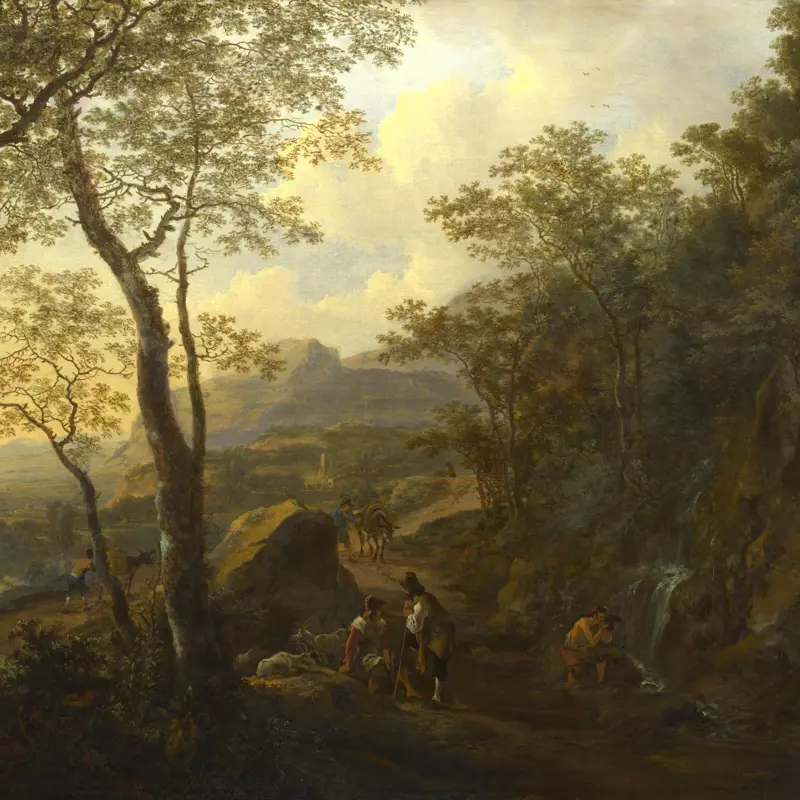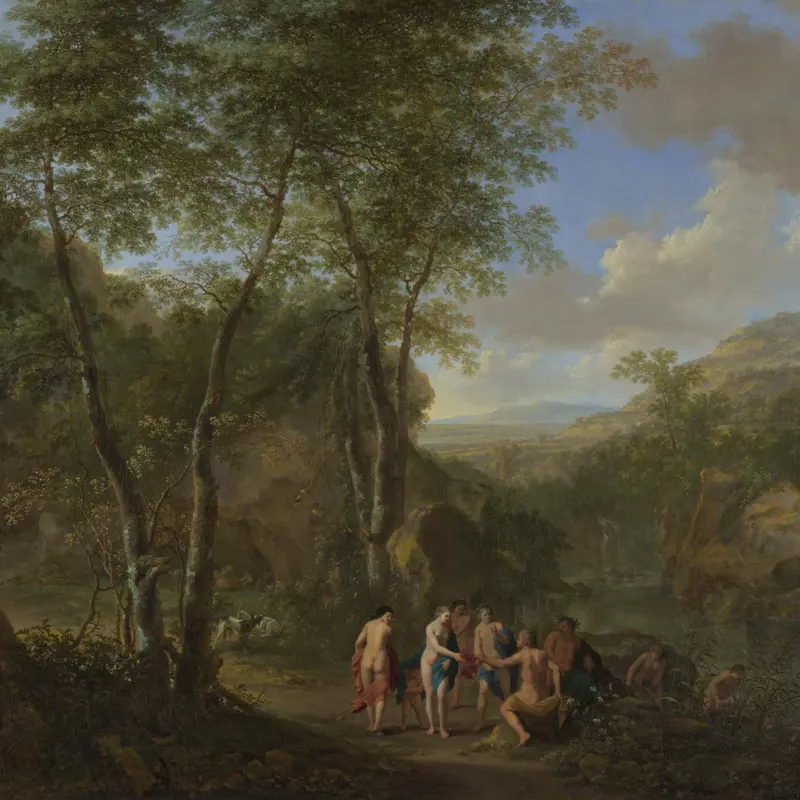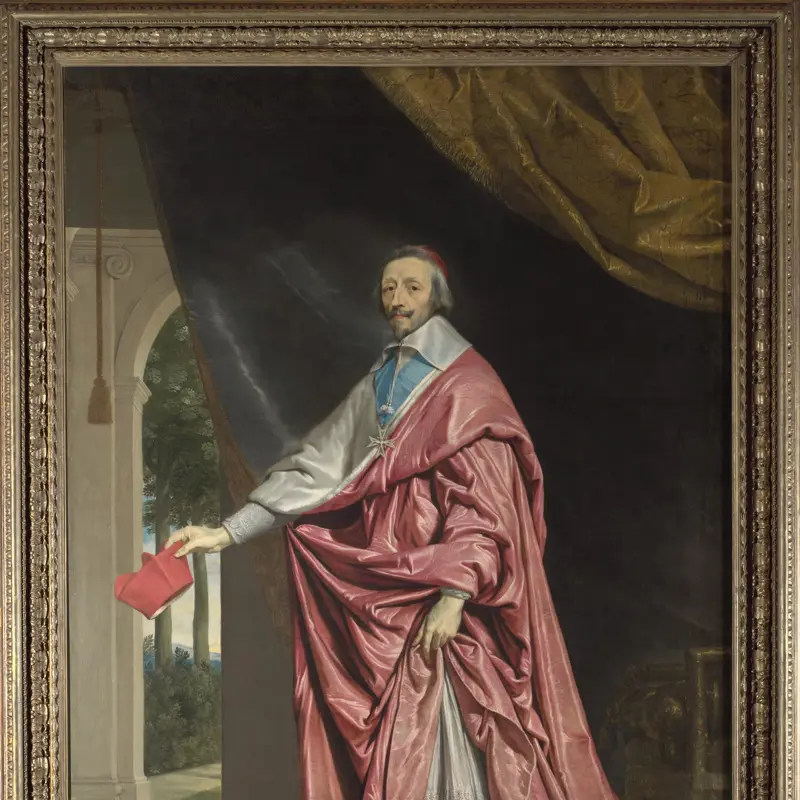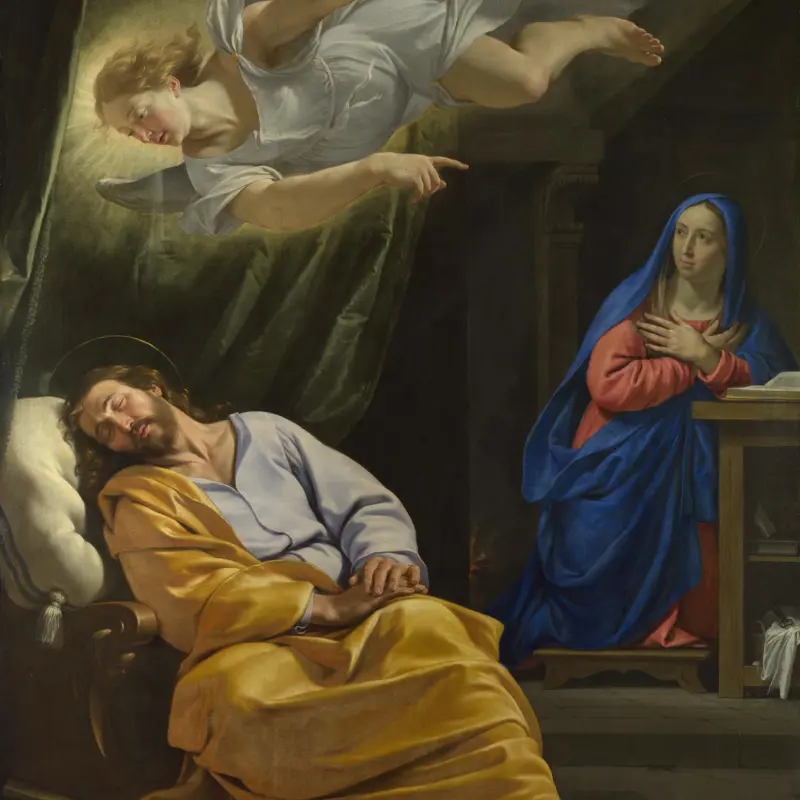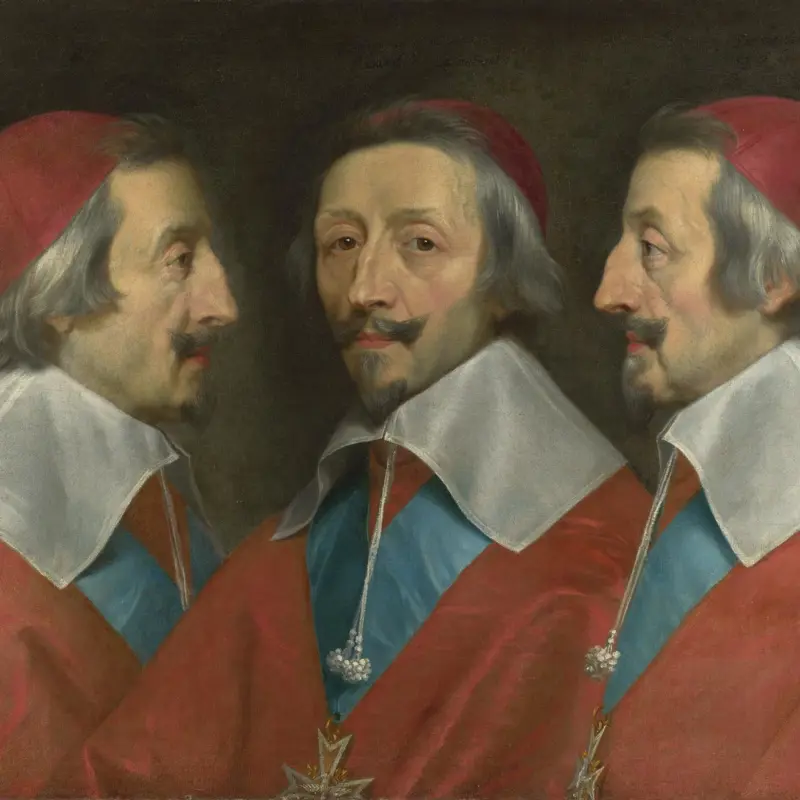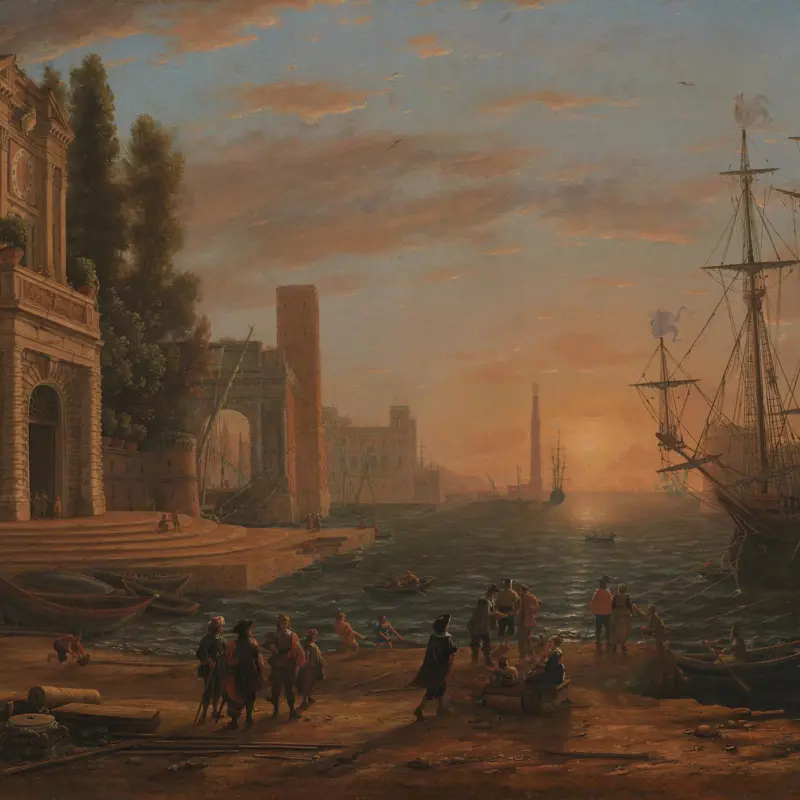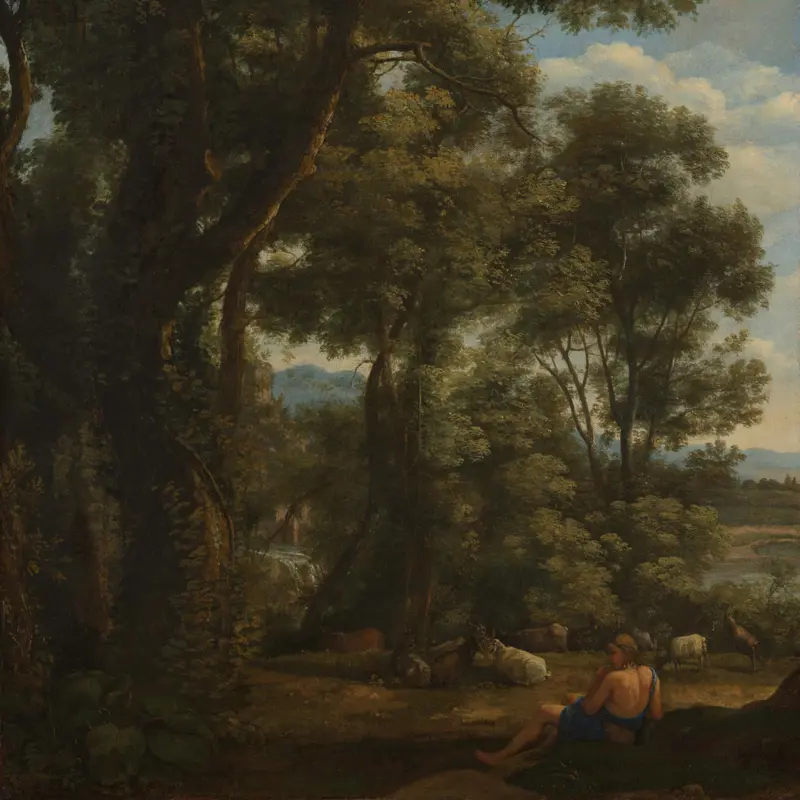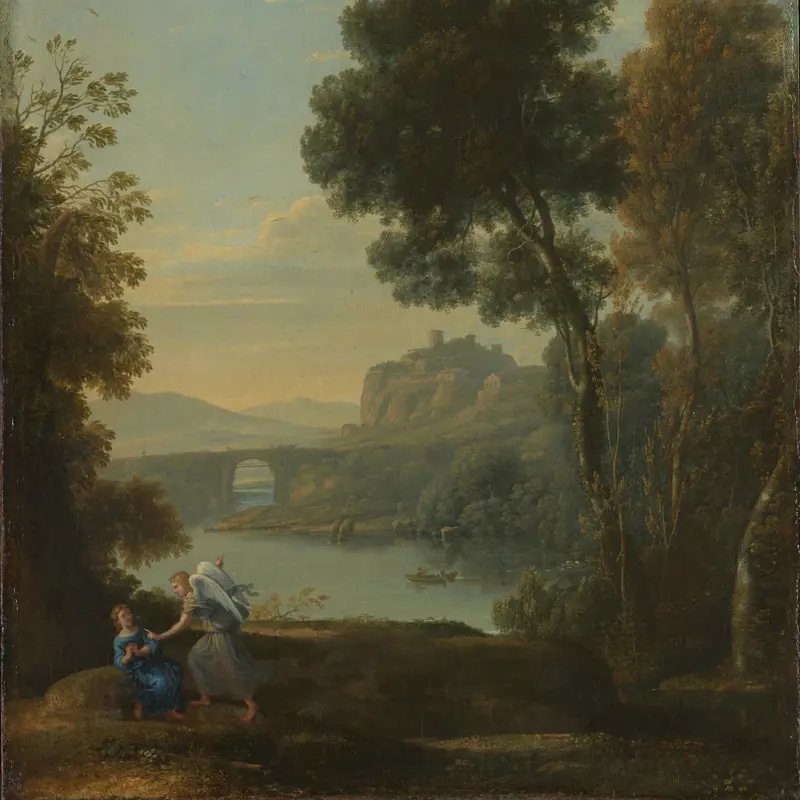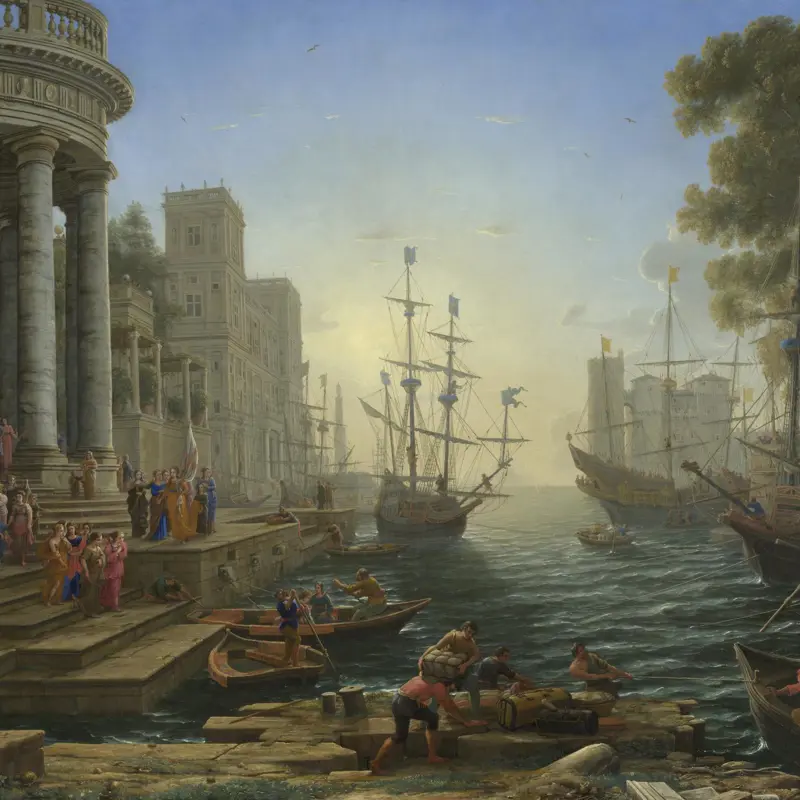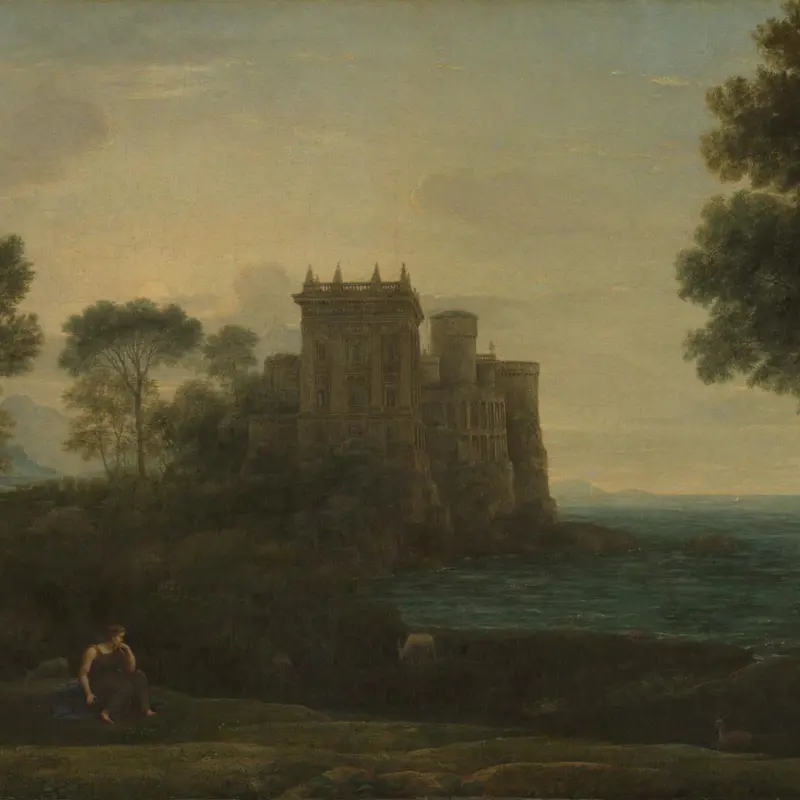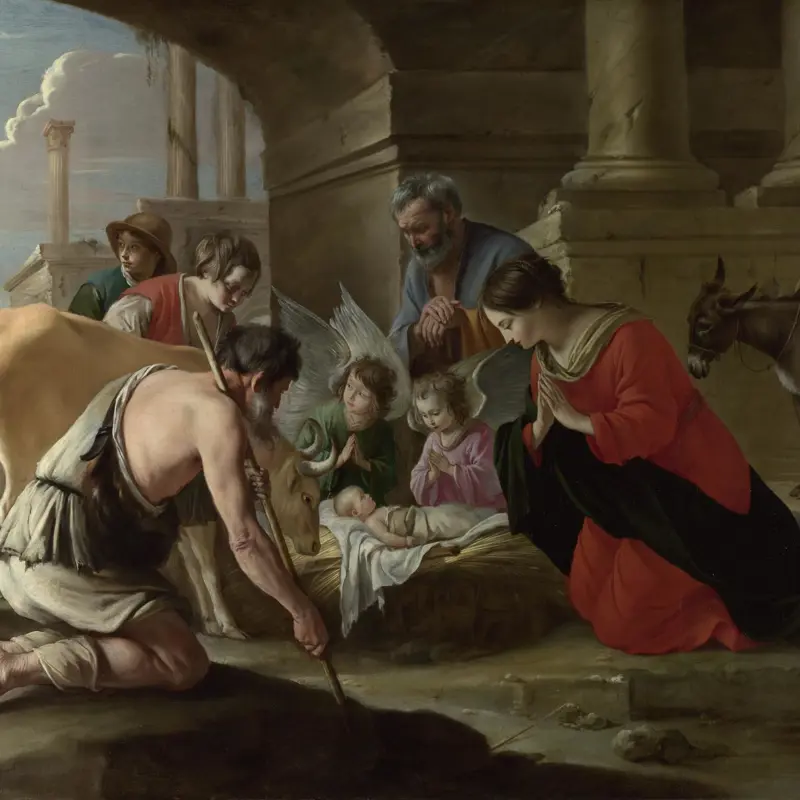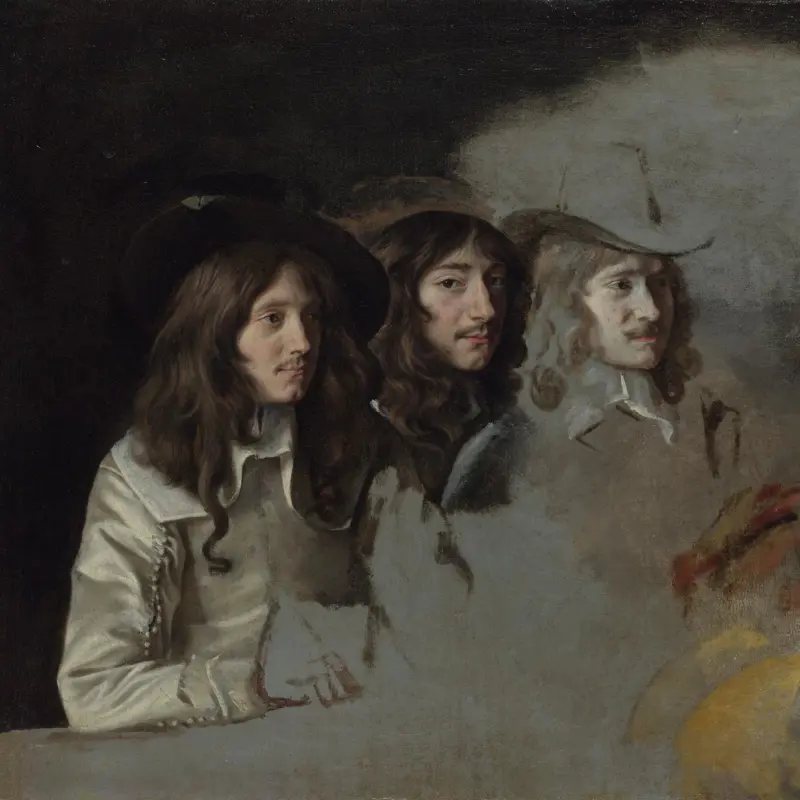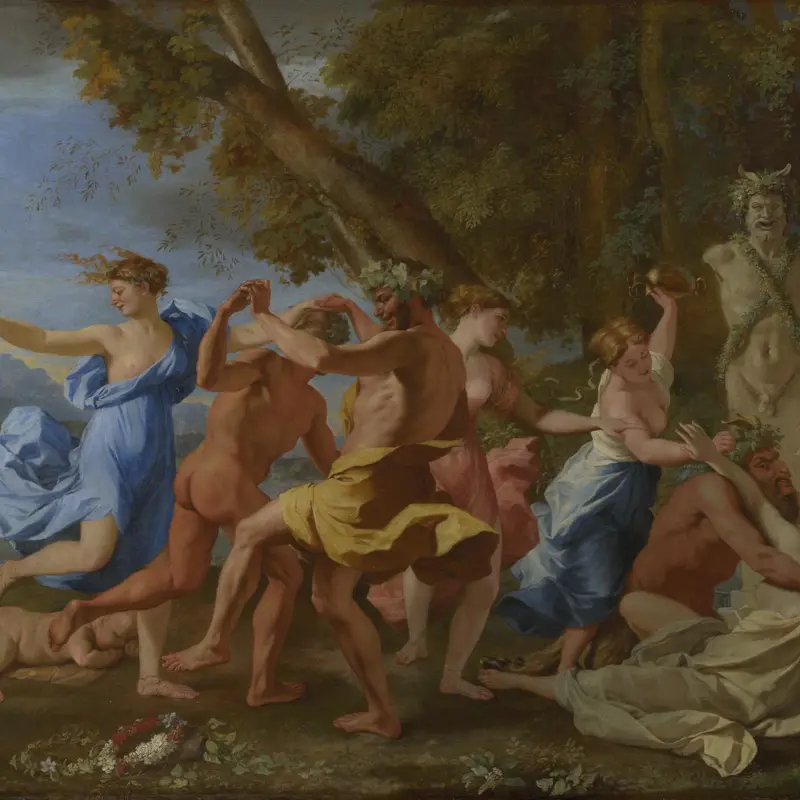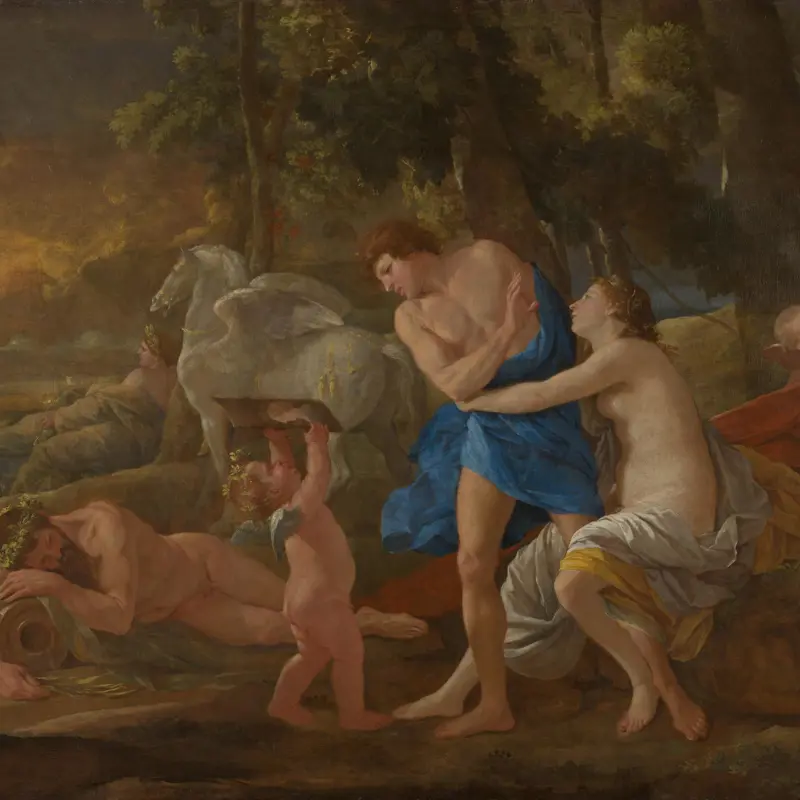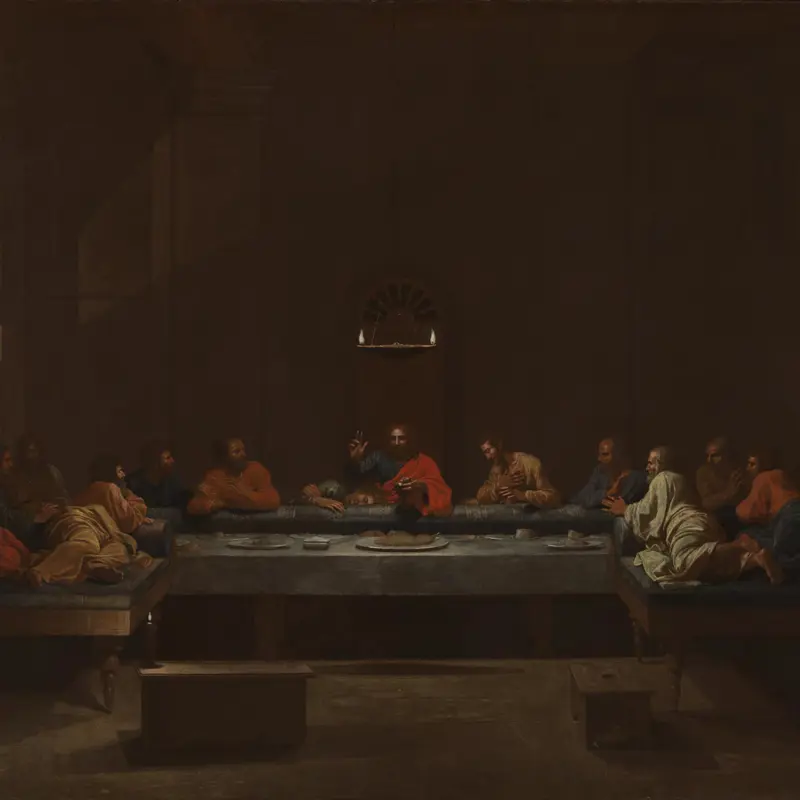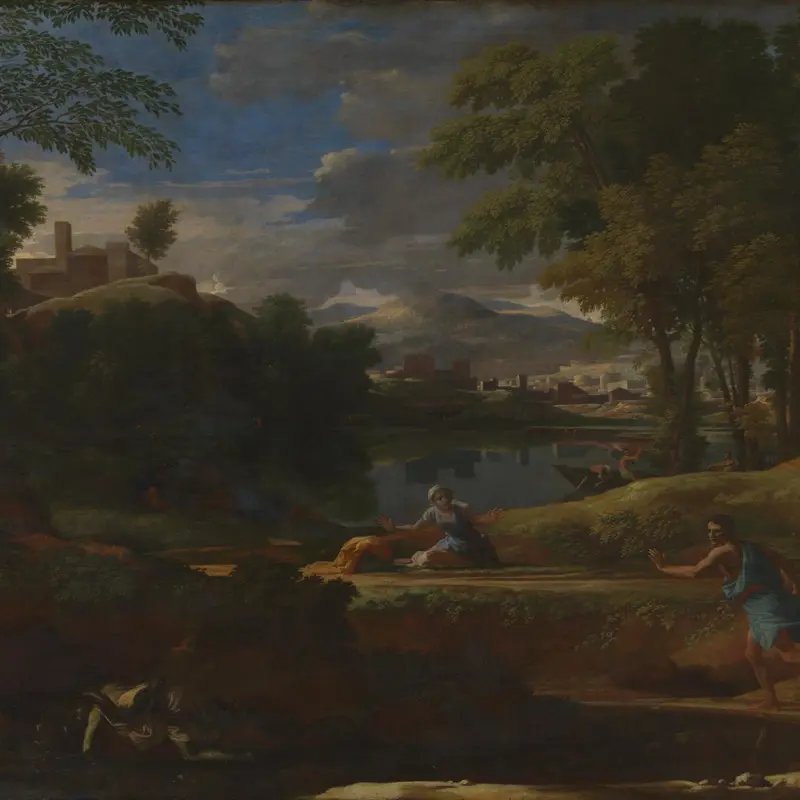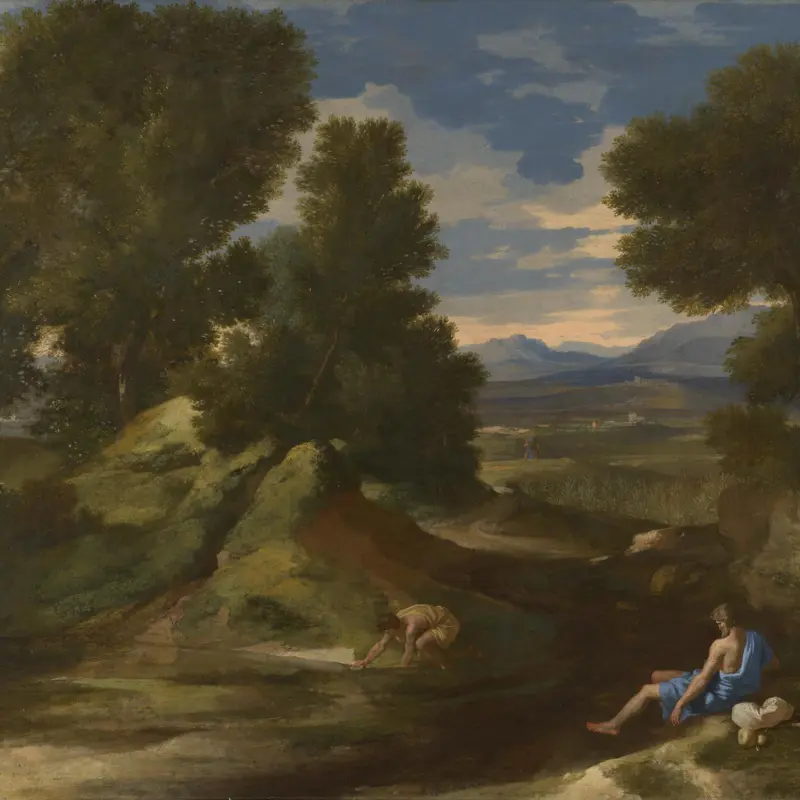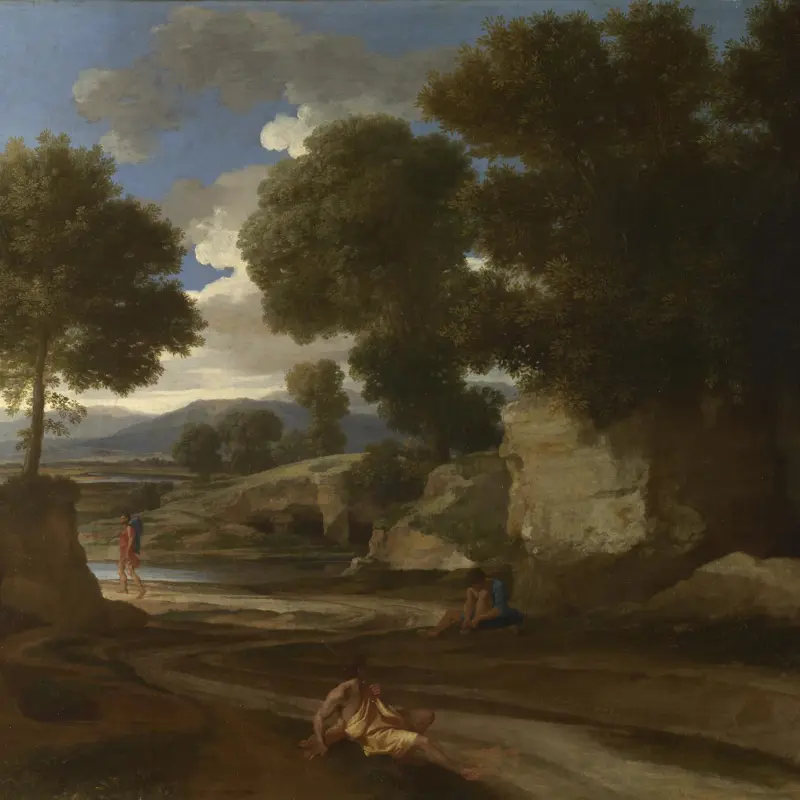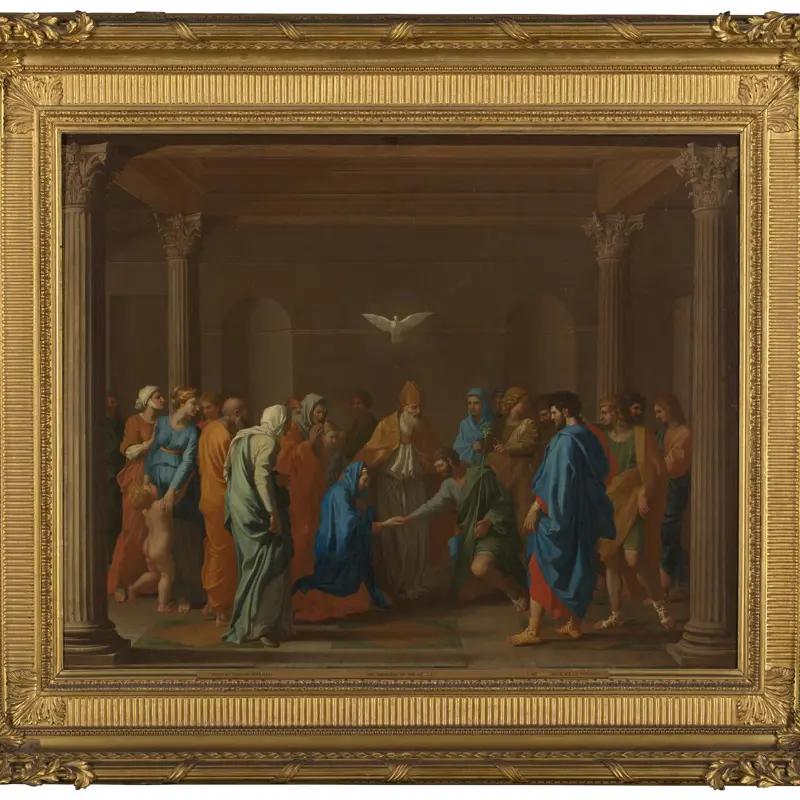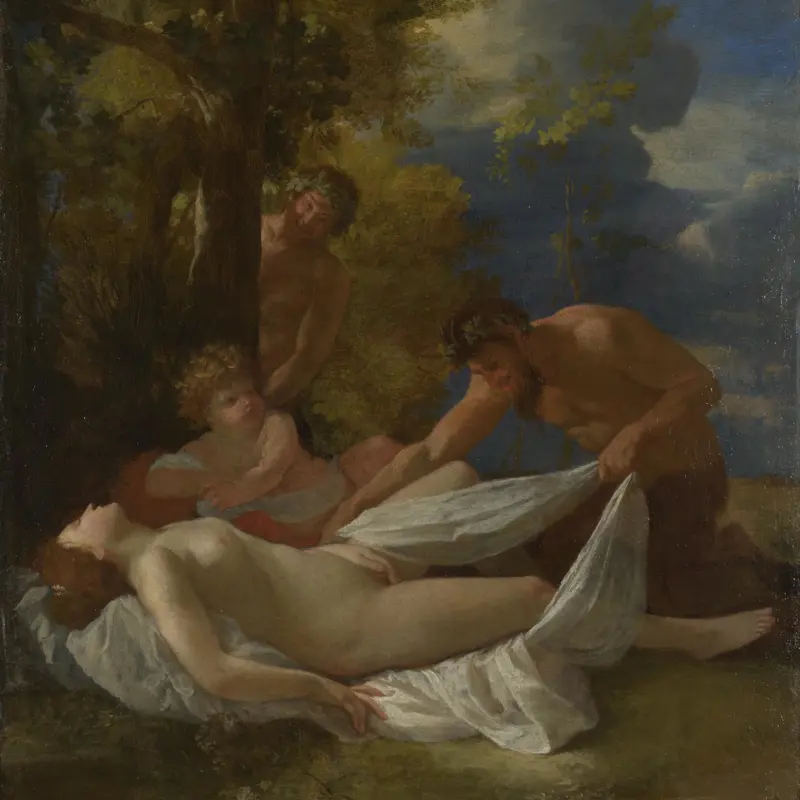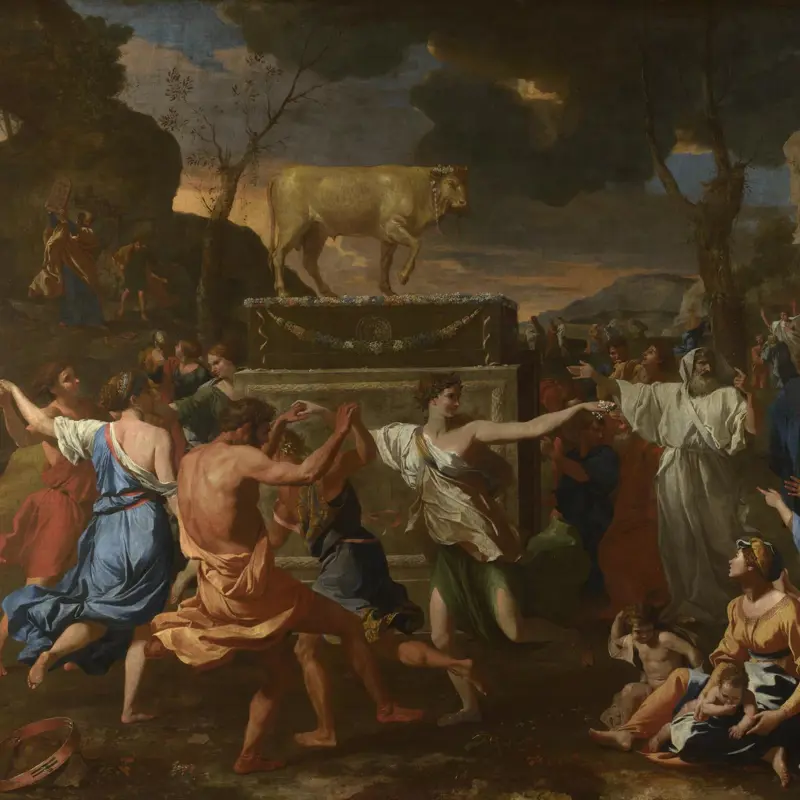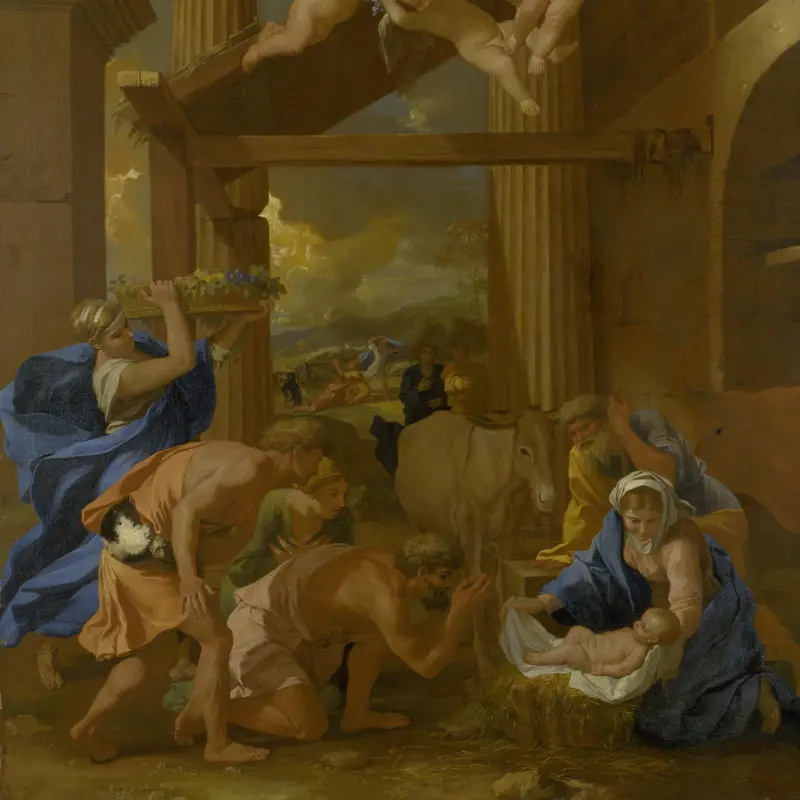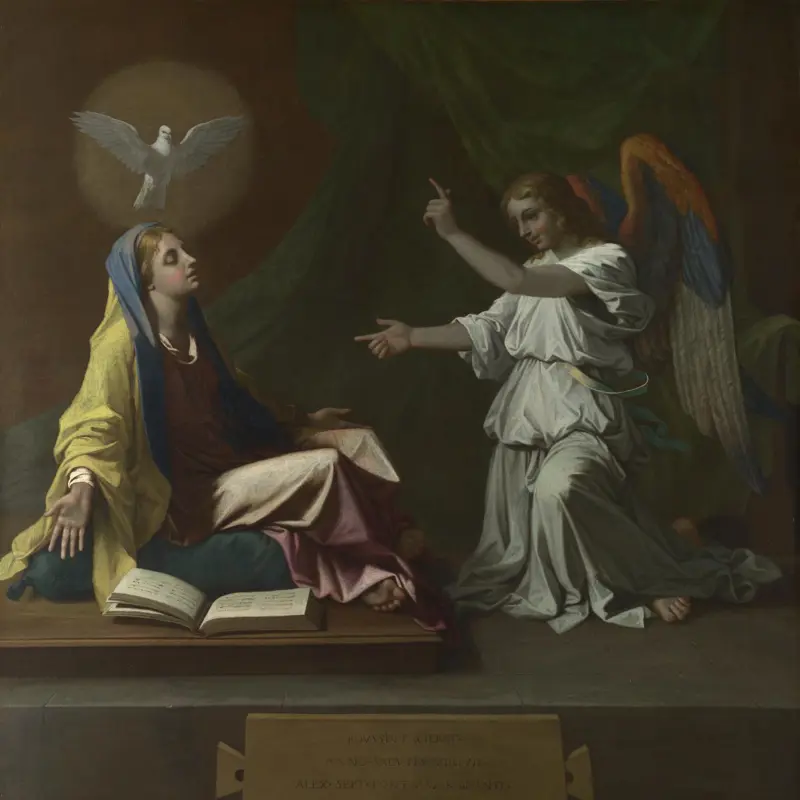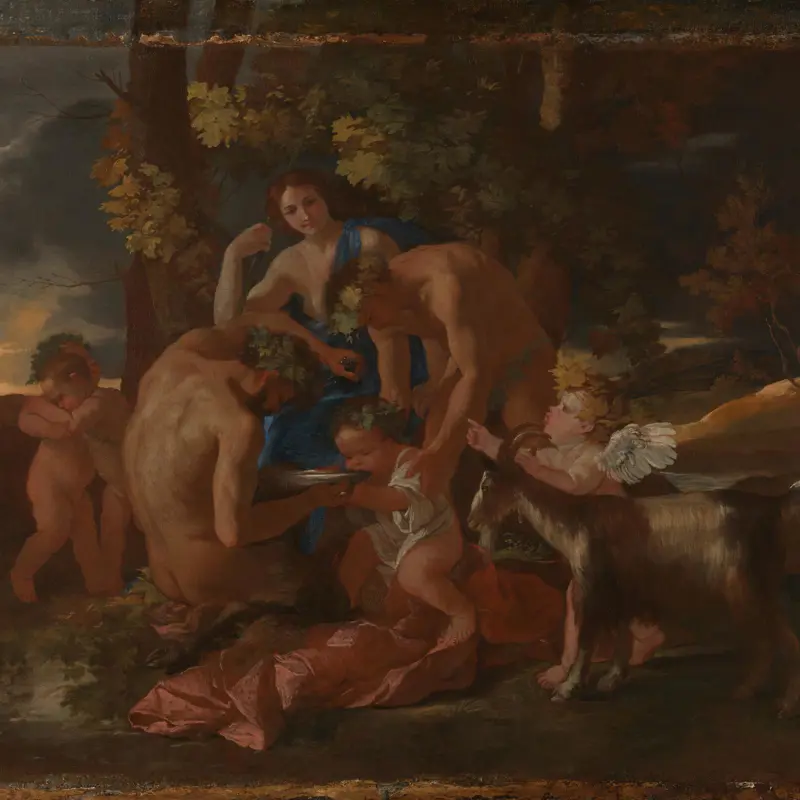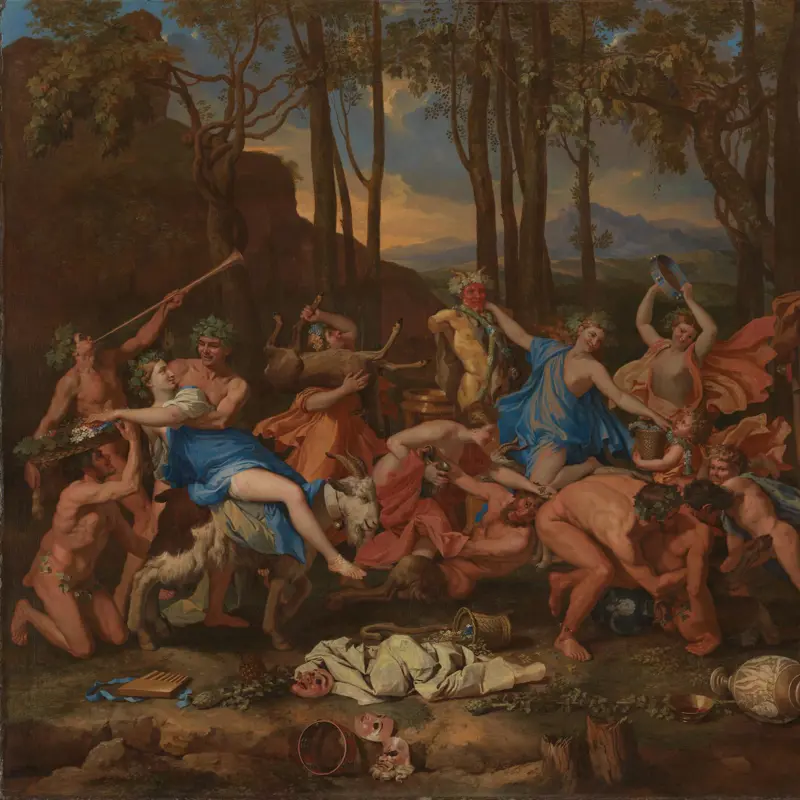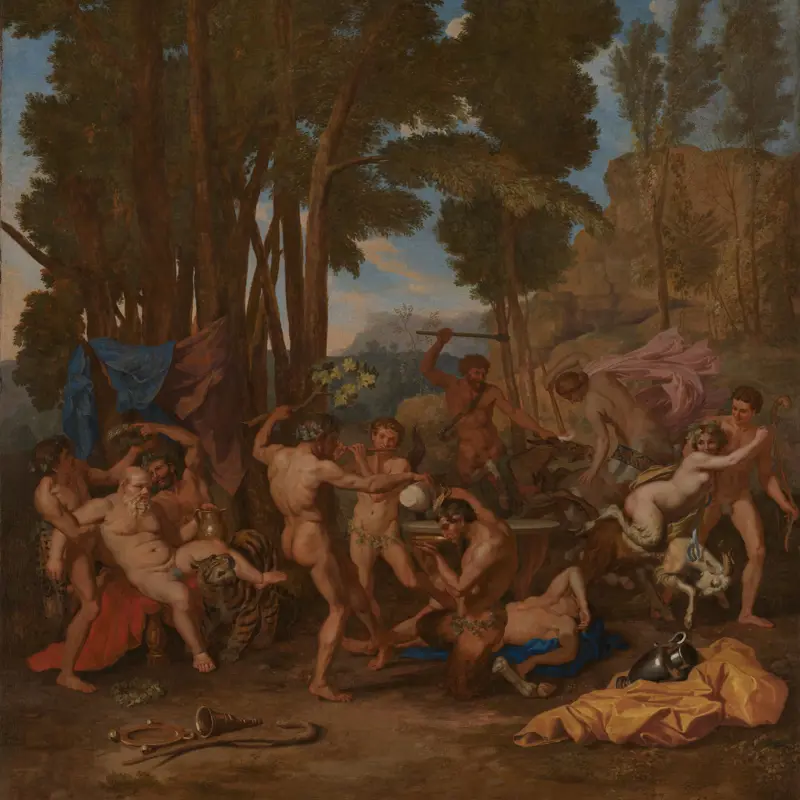During the 17th century, ambitious French statesmen like Cardinal Richelieu (1585–1642) wanted to make Paris the centre of the art world. They collected and commissioned major works of art, and in 1648 Louis XIV (reigned 1643–1715) founded the Royal Academy of Painting and Sculpture to train French artists.
Some of these young artists travelled to Rome. There they could see the greatest works of Antiquity and the masterpieces of the Renaissance with their own eyes. Many, like the French painter Claude, were inspired by the Roman countryside. Claude painted classical subjects set in idealised Roman landscapes and luminous ancient seaports. His work inspired artists of his own time, such as Dutch painters Jan Both (who lived in Rome for a few years) and Nicolaes Berchem (who never left Holland), as well as future generations.
Nicolas Poussin, the most celebrated French artist of the period, spent almost his entire career in Rome. His early paintings were greatly inspired by the Venetian Renaissance artist Titian (active about 1506; died 1576) and depicted sensual mythological scenes. Later, Poussin adopted a restrained classical style, organising his compositions like antique sculptural friezes. He also produced landscape paintings for a small group of learned Roman collectors.


